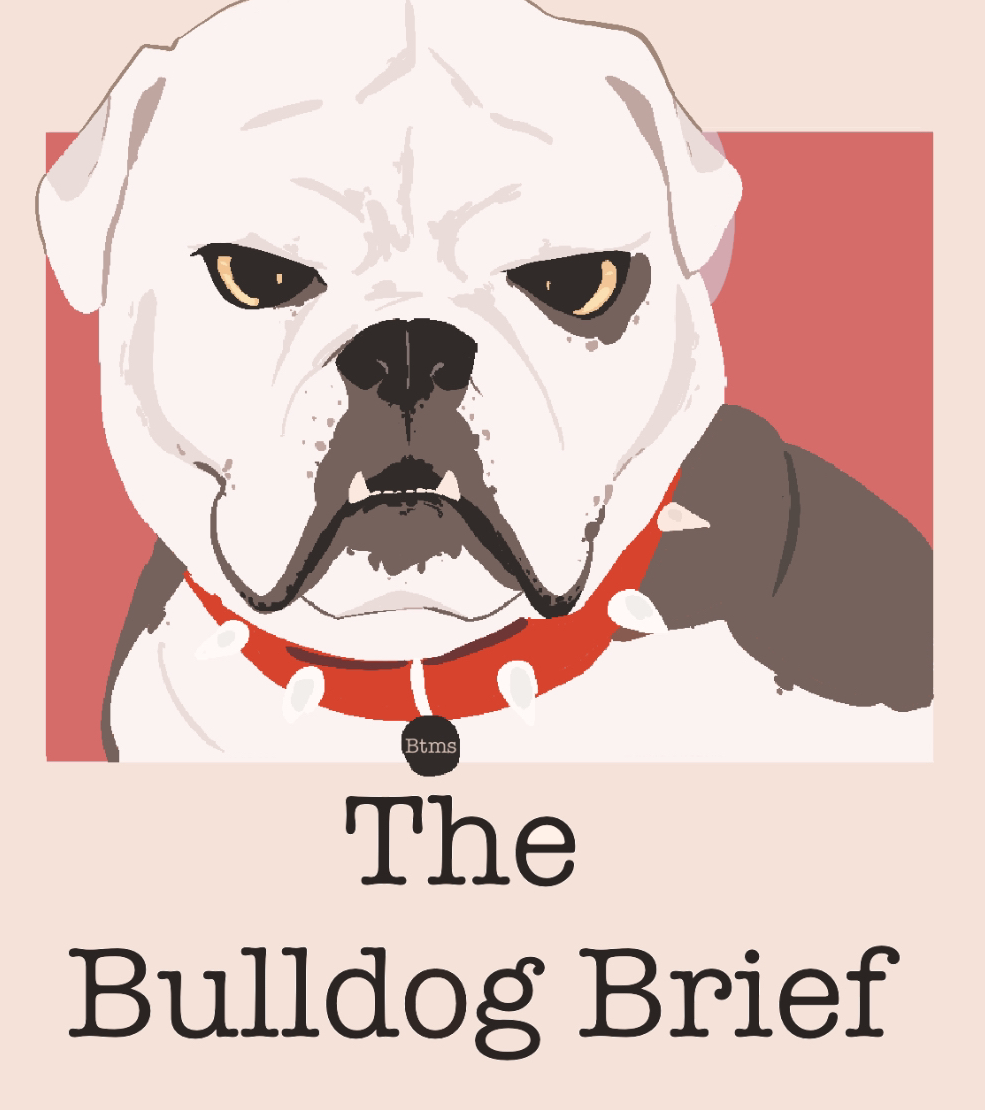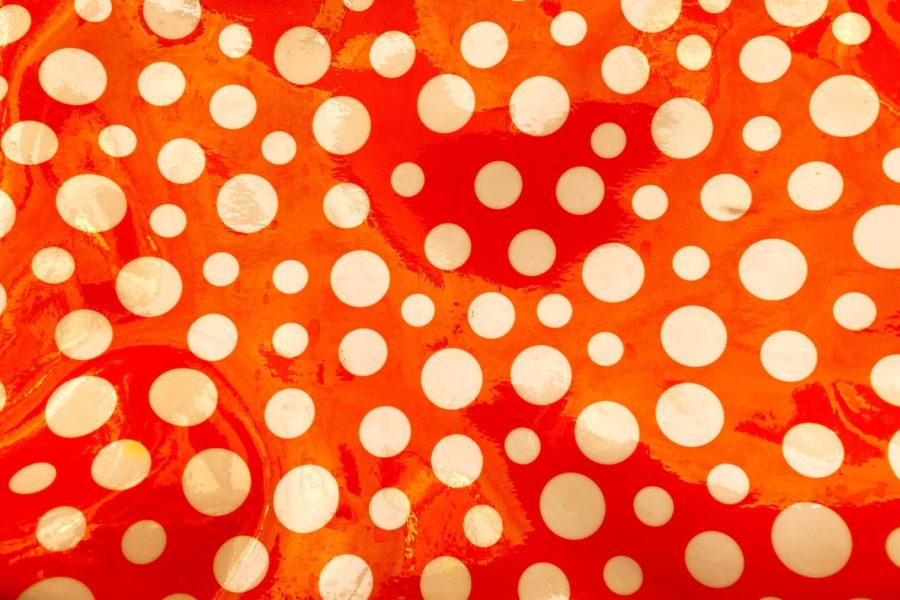The Princess of Polka Dots ~ Yayoi Kusama
Content Warning!
There are mentions of Sexual Abuse and Traumatic Events
~Please feel free to click off ~
Little Yayoi Kusama was born on May 22, 1929, as the youngest of four children right during the start of the Great Depression. Although she was born to a decently wealthy family who made a profit off of trading crops they grew on their farm, the relationship between the family was not ideal. Her mother was physically and verbally abusive, causing her trauma in the future, and her father was a famous womanizer, causing insecurity within the family. The often affairs of her father were claimed to be caused by their loveless marriage, him only marrying into the family for wealth benefits. Due to a series of traumatic events that included sexual abuse, Yayoi later developed a fear of sex and men in general.
By the age of ten, Yayoi started to have her infamous hallucinations. Dots, waves, and other hypnotic patterns made their way into her vision as she started growing older. As a child, she used these dots and patterns as a way to express herself through the hard times she went through, and began doodling on bits of paper and drawing what she saw in her visions.
~Right during this time, WWII started~
When she was 13, barely 3 years after WWII started, Yayoi was sent to work in a military factory where she was tasked with sewing and fabricating parachutes for the Japanese army. Yet again, this section of her life became trauma for her, always being able to hear the blaring air-raid sirens going off and seeing American military aircrafts flying atop her area. The war took a toll on her, causing her to isolate herself in darkness for most of her teenage years. During this time, however, she still made artworks of her hallucinations, showing her true love for self-expression whilst going through a hard time of her life.
Although she was passionate about art, Yayoi had hardly any training in the field, only attending Kyoto City Specialist School of Art for a year from 1948 to 1949 against her mother’s wishes. She is said to be an exceptional student, her works being shown off throughout Japan in competitions and conventions.
After she attended the school for a short while, she found she didn’t particularly like Japanese art, both the traditional and modern styles. (For traditional, it would be something like ukiyo-e or nihonga, which are the art styles you envision when you think of The Great Wave off Kanagawa by Hokusai or Takiyasha the Witch and the Skeleton Spectre by Utagawa Kuniyoshi. As for modern Japanese artworks, honestly, there weren’t really any iconic ones. However, most of these artworks took an abstract approach and often had subjects of war, death, and helplessness as themes ) She noticed she tended to lean toward more European and American works, the focal point being the avant-garde style in them. This was one of the reasons to the addition of family conflicts that she decided to move to the U.S. in 1957, where she settled in New York City, New York. Unfortunately, before leaving for the states, she destroyed many of her early paintings in an attempt to have a new start in life.
In the U.S., she made friends with Georgia O’Keeffe, a fellow artist who helped her get her first venues and set up events so she could sell her artwork. Her art was a pretty instant hit from the start, attracting people like Donald Judd, a minimalist artist who bought one of the first art pieces she ever sold, and Joseph Cornell, a surrealist who later became friends with her.
Through the years, she participated in the hippie era of the 1960s and the minimalist art movement, where she further interested audiences with her simple but unique fashion of art, perfect for the environment at the time. The minimalist art movement was an art movement that valued the simplicity of a work, and challenged the views ability to find the deeper meaning within things, but also not taking things at face value, which was a well-fitting glove for Yayoi and her patterns.
She also used the 1960s key ideologies in the younger generations of challenging the normal; the government, the law, consumerism, and materialism to express her support for feminism, free love, and free expression, expressing this in her performance art where she staged a series of controversial out-of-door naked “happenings” throughout New York City to protest institutional corruption, sexism, and racism. She states she made the bodies in her work naked, not nude, for they subvert the oppressive, heteronormative male gaze. This was also a part of her recovery and therapy that familiarized her with the idea of sex, body, and being nude to combat her trauma from her childhood years.
After 15 years of creating art of different mediums, including paintings, sculptures, performance arts, and full-on rooms, she decides that the workload, her best friend Joseph Cornell’s death, and lack of financial security were too much for her, and allows herself to move into a ward for the mentally ill in Japan.
During her stay in the ward, where she still resides today, she mainly focused on literature and clothing, writing books such as ‘Pumpkins’ and ‘Manhattan Suicide Addict’ which go viral within the art community.
Nowadays, she is doing well and has even recently done a collab with Louis Vuitton, a very very well-known high-end fashion brand. They sold their iconic handbags printed with dots of different colors and sizes, Yayoi’s specialty. In addition, The Obliteration Room, which is an exhibit where people would enter pure white rooms (or at least before they’d been stickered to death) and place dots from a sticker sheet they would get when they entered, has been trending a bit on social media lately, so her legacy is living on, even in our youngest generations!
~Question Corner~
Why is she obsessed with pumpkins?
-She grew up on a farm/plantation, and she just happened to like pumpkins! She’s drawn them in her artwork since she was a child, and still includes them today!
Did she have any effect on famous artists?
-She actually influenced Andy Warhol, the famous pop art icon and the creator of the Campbell Soup painting!
What’s an Infinity Net?
-Infinity Nets were basically her way of describing the infinite netting-like design covering her canvases. Her infinity nets were actually the thing that attracted Donald Judd to her artwork!
~Sources~
The Great Depression – Wikipedia
Photo by Bekky Bekks on Unsplash
Meet me, Mika H.
Hi, my name is Mika, and I am an 8th grader at BTMS. I like math and reading webtoons and manga. I also like judging and tasting food,...



